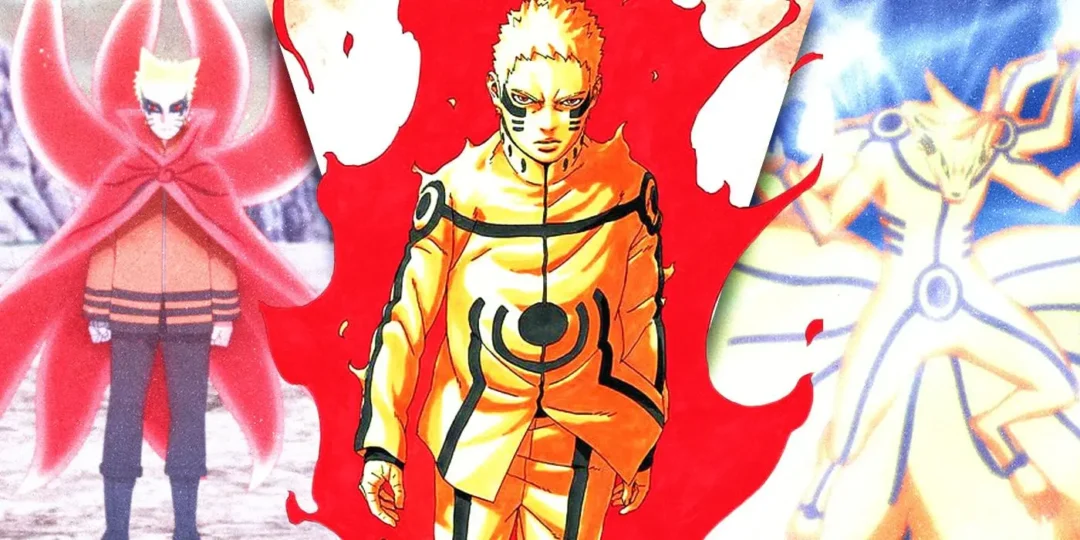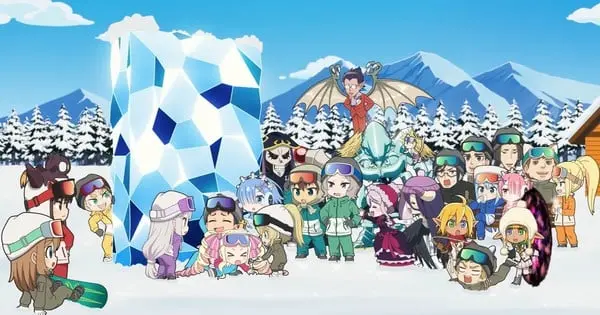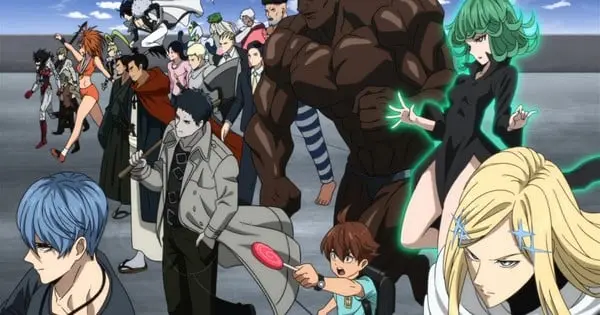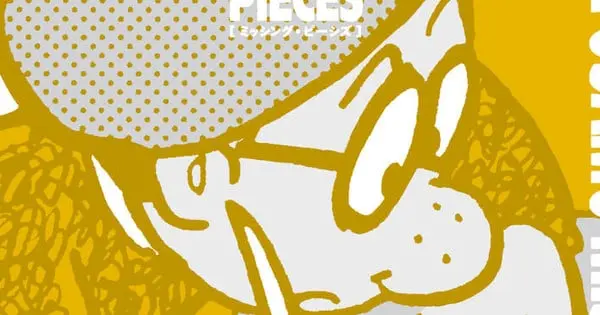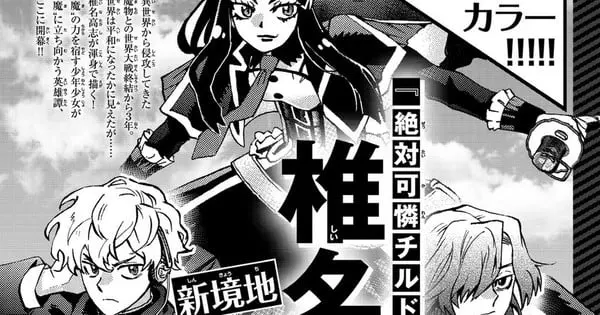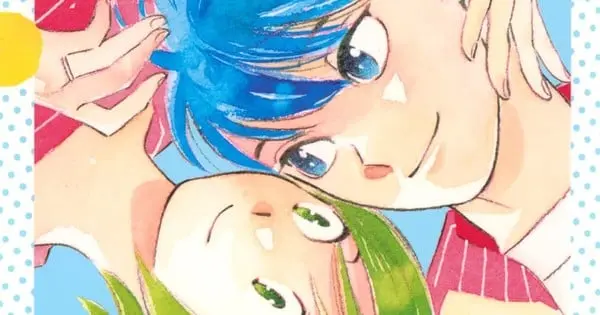Niiza, Saitama Prefecture – Three previously unknown storyboards by the revered “God of Manga,” Osamu Tezuka, have been unearthed at the original artwork repository of Tezuka Productions in Niiza City, Saitama Prefecture. This significant discovery, announced by Tezuka Productions, marks the first time such a substantial volume of storyboards for unpublished works by the legendary artist has come to light. The pencil sketches, detailing panel layouts, characters, and dialogue, are believed to date back to around 1973, a period when Tezuka faced considerable challenges following the bankruptcy of his animation studio, Mushi Productions.
Details of the Newly Discovered Works
The remarkable find comprises three distinct storyboards, two of which are for entirely unknown projects. Found in two cardboard boxes in June, these layouts offer a rare glimpse into Tezuka’s creative process during a difficult phase of his career.
The “Leopard Child” and Eiger Mystery
One of the newly discovered works is a 27-page narrative centering on a boy raised by a high-performance computer who undergoes a transformation into a wild, leopard-like child. The second, a 28-page storyboard, follows a young man’s quest to investigate his brother’s mysterious death on the treacherous Eiger mountain in Switzerland. Both of these extensive layouts are unfinished and currently untitled, with the reasons for their non-publication remaining a mystery.
A Prototype for “The Lowly Angel”
The third storyboard is believed to be a 44-page prototype for “The Lowly Angel,” a one-shot short story published in 1975, which features a protagonist caring for a young girl. This provides invaluable insight into the developmental stages of a published work, showcasing Tezuka’s initial vision and how it might have evolved.
Significance of the Discovery
Experts are hailing this find as one of the most important since Tezuka’s passing in 1989. Osamu Takeuchi, a professor emeritus at Doshisha University and a leading authority on Tezuka’s manga, confirmed the authenticity of the three storyboards.
Invaluable Materials and Historical Context
Takeuchi emphasized that these are “detailed storyboards that would become finished works once inked, and are invaluable materials.” He added that the discovery suggests that “even Tezuka, currently known as the god of manga, struggled to survive” during that period. This context from 1973, following the financial difficulties of Mushi Productions, highlights the resilience and continuous creative drive of the artist.
Hajime Tanaka, head of materials management at Tezuka Productions, stated that this is “arguably the biggest discovery” since Tezuka’s death, noting the unlikelihood of anything greater emerging.
Osamu Tezuka’s Enduring Legacy
Osamu Tezuka (1928-1989) is widely recognized as “the Father of Manga,” “the Godfather of Manga,” and “the God of Manga,” often likened to Walt Disney for his profound influence on the industry. His prolific output includes over 700 manga titles and 60 anime programs, establishing cinematic storytelling techniques and pioneering animation methods.
Pioneering a New Era of Manga
Tezuka’s debut work, New Treasure Island, published in 1947, is often credited with kickstarting the “manga revolution” in Japan, introducing innovative cinematic layouts and dynamic pacing. He went on to create iconic series such as Astro Boy, Princess Knight, Kimba the White Lion, Black Jack, Phoenix, and Buddha, many of which garnered numerous awards and achieved international acclaim.
His early studio, Mushi Production, founded in 1961, was instrumental in pioneering TV animation in Japan with series like Astro Boy, which became the first anime widely shown to Western audiences.
Future Implications and Publication
The newly discovered storyboards are not merely historical curiosities; they will soon be accessible to the public. Rittosha has announced that these three storyboards will be included in a new book titled Tezuka Osamu Missing Pieces, slated for publication on November 14. The book will also feature other unreleased layouts, drafts, and character sketches from various Tezuka works, some of which have only appeared in mooks and bonus materials.
This upcoming publication will offer fans and scholars an unprecedented opportunity to delve deeper into the mind of a creative genius and explore the paths not taken in his illustrious career. The ongoing discovery of Tezuka’s work continues to underscore his monumental impact on global pop culture and the enduring fascination with his unparalleled artistic vision.

